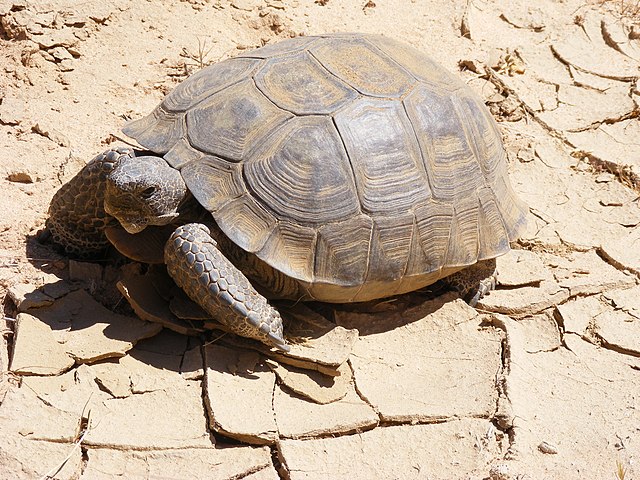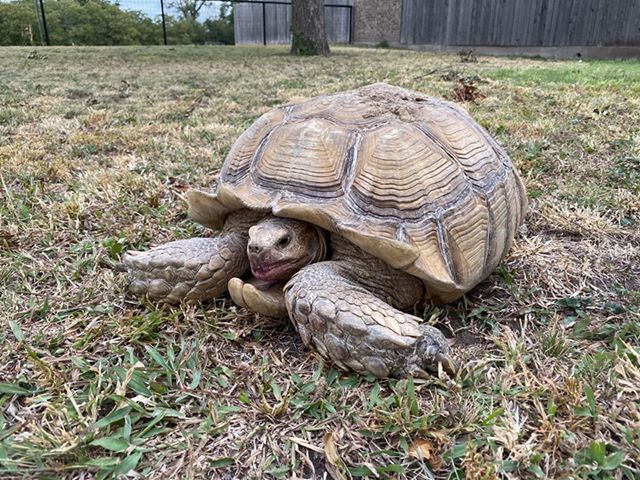Tortoises are fascinating creatures, known for their slow and steady pace of life. Keeping a tortoise as a pet can be a rewarding experience, but it comes with great responsibility. One of the most crucial aspects of tortoise care is providing them with a suitable habitat. Whether you’re planning to keep your tortoise indoors or outdoors, creating the perfect habitat is essential for their health and well-being. In this article, we will explore tips and guidelines to help you create the ideal tortoise enclosure, ensuring your pet’s happiness and longevity.
Understanding Your Tortoise’s Needs
Before diving into the specifics of creating a habitat, it’s crucial to understand your tortoise’s unique needs. Different tortoise species have varying requirements, so the first step is identifying the specific type of tortoise you have. Research their natural habitat, diet, and behavior to tailor your enclosure accordingly.
Indoor vs. Outdoor Enclosures
The choice between indoor and outdoor enclosures depends on your location, climate, and personal preferences. Here’s a breakdown of both options:
Indoor Enclosures
- Space: Indoor enclosures should be spacious to allow your tortoise to move around freely. A general rule of thumb is to provide at least ten square feet of space for a small tortoise, with additional space as they grow.
- Lighting: Tortoises need access to natural sunlight or artificial UVB lighting to metabolize calcium effectively. Ensure that UVB lighting is available for at least 12 hours a day.
- Temperature: Maintain a consistent temperature between 75-85°F (24-29°C) in the enclosure. Use heat lamps or radiant heaters to achieve this range.
- Substrate: Use a substrate like cypress mulch or coconut coir for the flooring. It should allow your tortoise to burrow comfortably.
- Hiding Spots: Create hiding spots using rocks, logs, or hide boxes. Tortoises like to have sheltered areas where they can retreat when needed.
Outdoor Enclosures
- Fencing: Outdoor enclosures must have secure fencing to protect your tortoise from predators and prevent escape. Use materials like wood, bricks, or wire mesh.
- Planting: Incorporate edible plants like dandelion greens, clover, and hibiscus into the enclosure. Ensure they are non-toxic and pesticide-free.
- Shade: Provide natural shade with bushes, shrubs, or artificial shade structures to prevent overheating during hot days.
- Burrowing: Outdoor tortoises may dig burrows, so ensure the substrate allows for this natural behavior.
- Seasonal Considerations: Depending on your climate, consider hibernation requirements for your tortoise during the winter months.
Maintaining Hydration
Tortoises require access to fresh water at all times. In outdoor enclosures, provide a shallow, escape-proof water dish. Indoor enclosures can have a shallow water dish as well, but tortoises may also benefit from occasional soaking in a separate container to maintain hydration.
Dietary Considerations
Proper nutrition is vital for your tortoise’s health. Consult a veterinarian or reptile specialist to determine the right diet for your specific tortoise species. Generally, tortoises consume a diet of leafy greens, vegetables, and some fruits. Avoid high-protein or high-fat foods, as they can lead to health issues.

Enrichment and Mental Stimulation
Tortoises, although slow-moving, need mental stimulation. Provide objects like rocks, logs, and branches for them to explore. Rotate these items periodically to keep your tortoise engaged. Additionally, spending time with your tortoise, whether indoors or outdoors, can provide mental stimulation and foster a strong bond.
Regular Health Checkups
Don’t forget to schedule regular checkups with a reptile veterinarian. Tortoises can develop health issues that may not be immediately apparent, and early detection is key to their well-being.
Conclusion
Creating the perfect tortoise habitat, whether indoor or outdoor, requires careful planning and attention to detail. By understanding your tortoise’s needs, and providing the right environment, nutrition, and mental stimulation, you can ensure a happy and healthy life for your pet tortoise.
Remember that tortoises are long-lived animals, and your commitment to their well-being will be rewarded with years of companionship and enjoyment. So, take the time to create a comfortable and enriching habitat for your tortoise, and watch them thrive in their new home. For additional tips and information about creating the perfect tortoise habitat, you may visit MSN to learn more.








